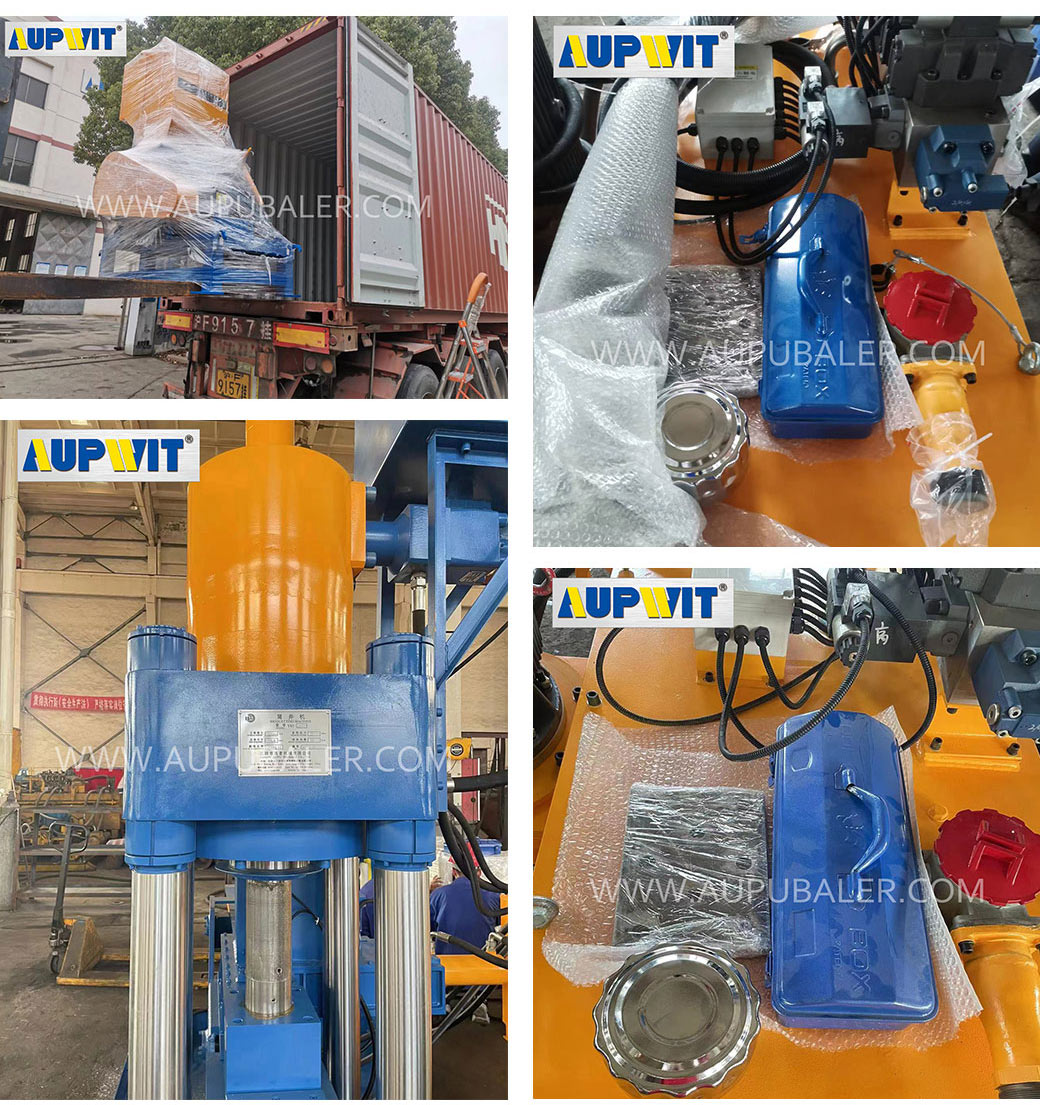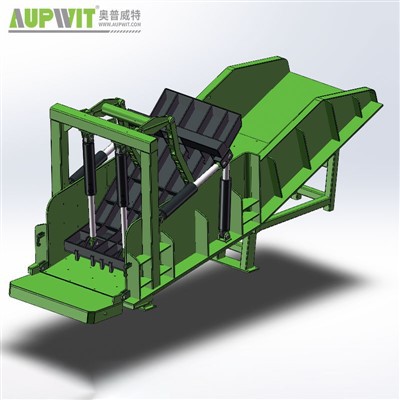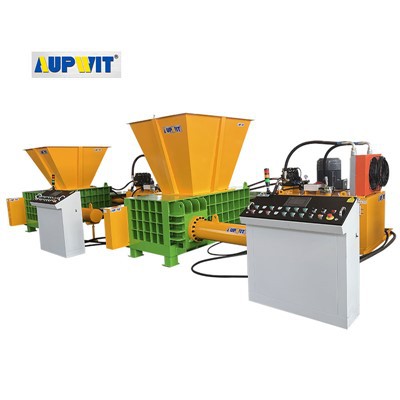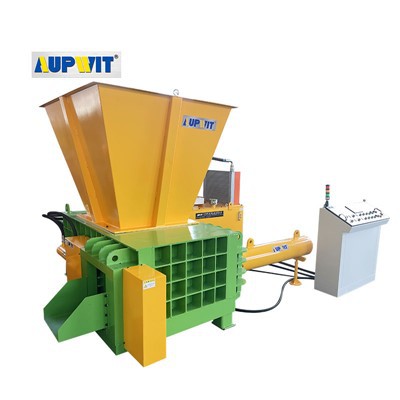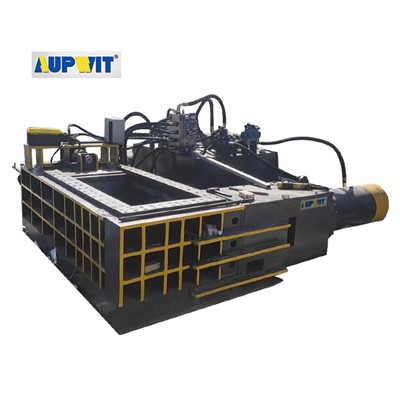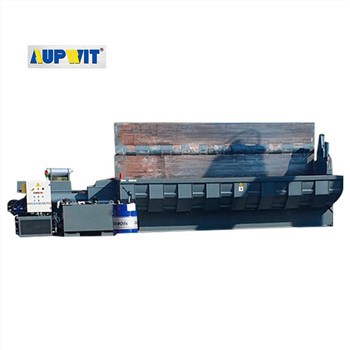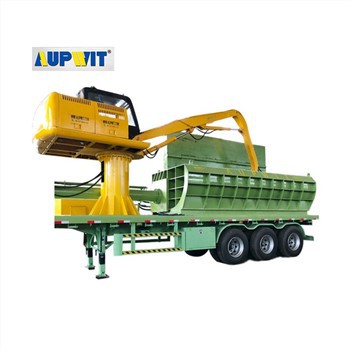1. Tire conveying
First, the waste tires to be processed are transported to the working area of Tire Baler through manual or automatic feeding devices. Some advanced equipment will be equipped with conveyor belts or loaders to achieve fast and efficient tire feeding, reducing the time and labor intensity of manual operation.
2. Compression chamber pre-positioning
After the tire enters the compression chamber, it will be positioned in a specific position to prepare for the subsequent compression process. This step ensures that the tire can be evenly stressed during the compression process to avoid offset or uneven compression.
3. Hydraulic system drive
The core power of Tire Baler comes from the hydraulic system. The hydraulic pump draws hydraulic oil from the oil tank and delivers high-pressure oil to the hydraulic cylinder through a series of valves and pipes. The piston in the hydraulic cylinder generates a strong thrust under the action of high-pressure oil, pushing the compression plate to apply pressure to the tire. Generally speaking, the hydraulic system can generate several tons or even tens of tons of pressure, which is enough to compress the tire into a tight block.
4. Compression and molding
Driven by the hydraulic system, the compression plate gradually moves toward the tire and applies pressure. As the pressure continues to increase, the air inside the tire is squeezed out, and materials such as rubber and steel wire are compressed and deformed, eventually forming a block tire package with a certain shape and density. In order to ensure the compression effect, some Tire Balers will also be equipped with multiple compression plates or use multi-stage compression to compress the tire in all directions and at multiple levels.
5. Discharging and resetting
After the compression is completed, the compression plate returns to the initial position under the control of the hydraulic system, and then the compressed tire package is pushed out of the compression chamber through the discharging device. At this point, a complete working cycle is over, and the equipment is ready for the next tire compression operation.
